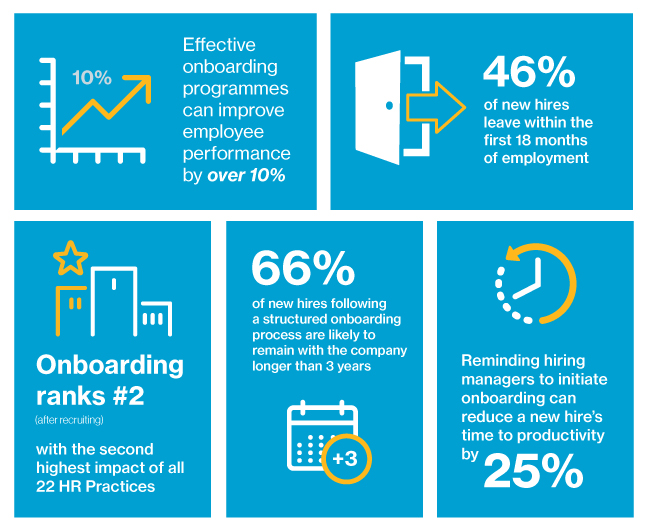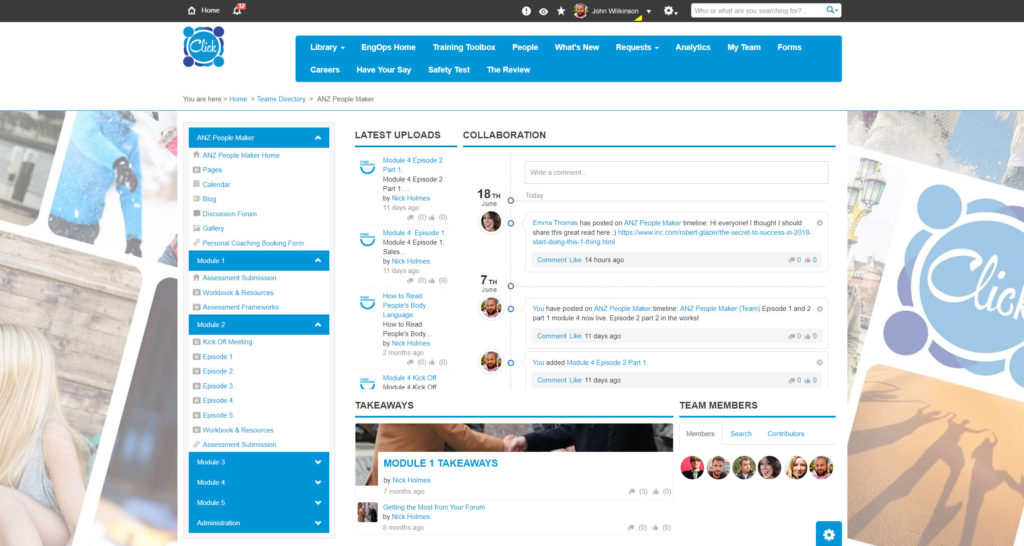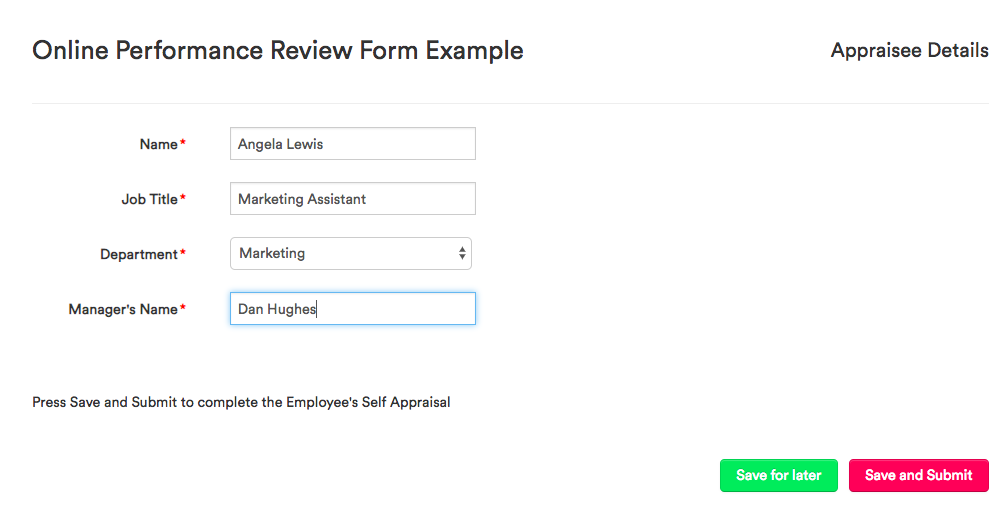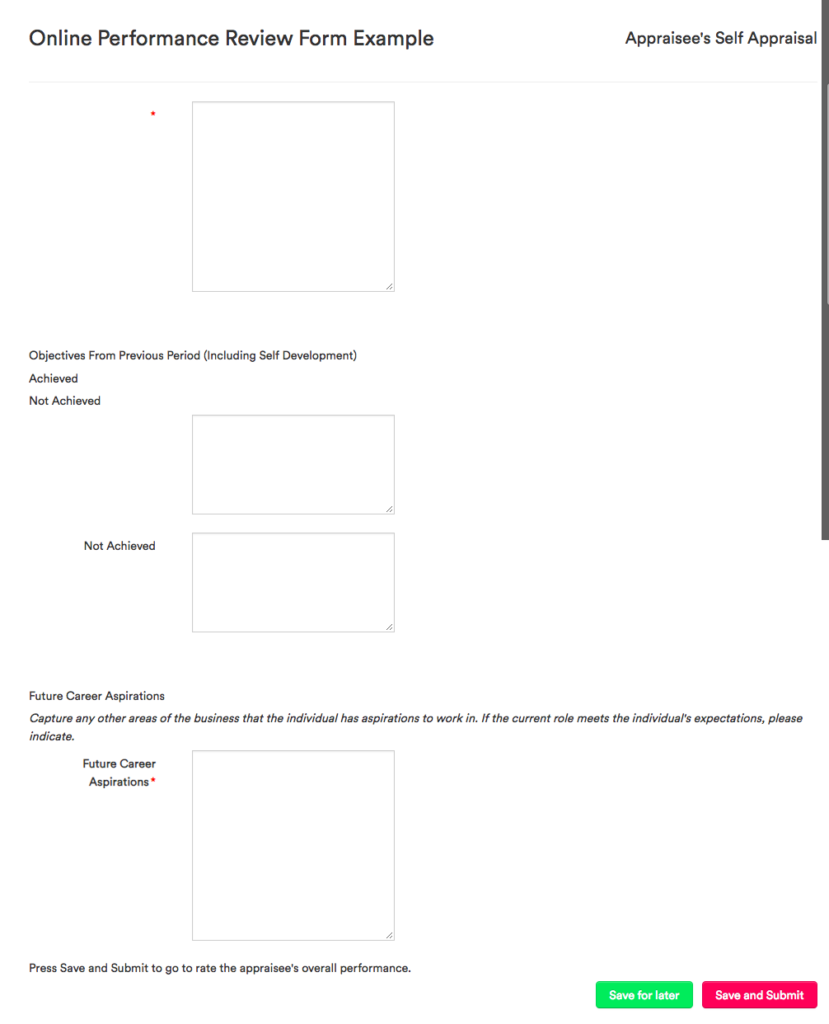Work smarter, not harder: 5 processes your intranet should be automating
Traditionally, the process of completing tasks in the workplace entailed a mix of tedious procedures, squandered time and a ton of wasted paper for both employee and employer. But, with the rise of automation technologies, productivity in the workplace and workforce is undergoing a transformation.
To have a successful digital workplace, an organization must achieve and maintain:
- High levels of productivity
- Remarkable customer experience
- Optimal employee experience
Accomplishing this means that your organization must meet the needs of both the customer and staff AND produce a high output of efficiency, all while using the least possible resources. There are several ways to approach this, one of which is the application of automation technology.
Automation is everywhere in today’s business world, and if you’re not taking advantage of its perks now, your organization may be suffering from decreased speed and accuracy of processes, lack of productivity, and unengaged or employees. A strong intranet would be an easy solution by making it easy to set up forms and workflows and taking on some of the more tedious tasks.
Don’t rely on manual and ineffective work methods, here are four processes your organization should be automating now.
1. Onboarding
When it comes to your staff, one of the most critical yet overlooked processes is onboarding. Most of us think of the onboarding process as a whirlwind of information being thrown at new employees before eventually abandoning them to their own devices after a few weeks. This hurricane of priming has evolved from the traditional process of assimilating your new hires by sharing the company vision, plans to familiarize them with their roles, and any overarching professional goals.

Orientation is what sets the tone for what new employees should expect, yet, having a failing or weak onboarding process is a significant factor in employee turnover. According to the Work Institute, 34 percent of turnover occurs among first-year employees.
Because of this, many organizations have already begun to automate their onboarding processes in ways that streamline talent management projects, create a strong company culture, and deliver higher productivity levels.
To be more specific, an automated program will improve employee retention by removing the dependency on paper documents and facilitating a steady flow of standard information for each new and future employee. O.C. Tanner research shows that 69% of employees are more likely to stay with the company for at least three years after an excellent onboarding experience.
Take advantage of your intranet capabilities and create a proper onboarding portal or homepage where new hires can access critical and relevant documents whenever they may need. Something like Interact’s Workflow and Forms will enable you to make paper-based forms accessible via your intranet, saving valuable time with easy-to-fill forms and next-step alerts, and giving administrators greater visibility of the outcomes of completed forms.
Examples of onboarding documents to automate include:
- Company manual, policies, and guidelines
- Benefits, 401K and tax form information
- Role-specific training information
- CEO and stakeholder welcome presentations
- Company vision, values and mission statements
2. Paper-based forms and processes
With the application of digital processes in all aspects of our lives, it is almost bizarre to come to the workplace and have to handle so much paper. However, this is a challenge for more businesses than you may think. Not only does sticking to the old school philosophy of using paper try the patience of your employees, but it also puts a dampener on overall productivity and revenue.
The U.S. Environmental Protection Agency reports that, in the US, companies spend more than $120 billion a year on printed forms, most of which outdated themselves within three months’ time. Additionally, they claim more than 70% of today’s businesses would fail within three weeks if they suffered a catastrophic loss of paper-based records due to fire or flood.
Fortunately, introducing automation via an intranet can be an effective alternative to outdated paper forms and processes. With an intranet, you can automate workflows and generate e-forms that remove the hassle of manual, paper-driven forms and ensure that procedures are executed in a timely and constructive manner.

A process that would one have required, printing, sending and waiting, now becomes a swift procedure where an employee can submit an online form that is set to go instantly to their manager for approval. Even more, once accepted, the submitter will be automatically notified, effectively eliminating any potential delays or impatience your staff may have faced.
We often see this method used for forms such as HR documents, vacation or leave request; but automating workflows is not restricted to just these.
Our customer Stagecoach, transport company of 35,000 employees, mainly bus, train and tram drivers, incorporates automation in a way that demonstrates the diverse uses automation has in any organization. Using Interact’s Forms on their intranet “The Loop”, they were able to eradicate a range of short but high volume processes which were previously admin intensive.
The staff relied heavily on management producing and pushing out information by mean of notice boards and paper forms and was subjected to the unorganized, potentially inaccurate and lengthy process that results. Their intranet now fills the productivity void and allows staff to follow through practices and procedures in a way they were unable to before.
The most notable success showed in the automation of their uniform ordering process, which has more than halved the processing time from order to delivery.
Even the most tedious and lengthy of processes can be streamlined, especially when success has the capacity to instate a penchant for productivity but also result in happier and more engaged employees.
3. Employee training and development
When it comes to the professional development of your employees, challenges arise in both the time-consuming and challenging to track natures of the older manual methods. The conventional expectation that HR is responsible for monitoring the progress of each staff member is an ancient and often unfair belief.Leaving it in the hands of one team can lead to overwhelmed and overworked individuals who are more likely to record inaccurate results and undergo human error.
Taking all this into consideration, the inclusion of automated workflows for training initiatives will be a gamechanger for your digital workplace.
Education within the organization is beneficial to both employee and employer, yet it is not always easy to coordinate, especially in organizations with globally dispersed workforces. Online training is a great solution, allowing staff to professionally develop remotely, wherever and whenever is most convent.
Automated these training modules via intranet software takes the benefits a step further, providing a reliable and easy way of monitoring employee progress as they advance through the online sessions.
Magic Memories has had a significant amount of success utilizing their intranet, Click, as a virtual learning college. Different from a LMS, it became a content management system which can handle training materials and allowed management to test employees knowledge of that content. Building a comprehensive automation tool will enable them to construct detailed training modules that included, video episodes, page quizzes, and user reports.

For employees going through the leadership program, the first module is done in-house, custom-made for their needs. The remaining modules are completed through distance learning and accessible from any location via Click.
These automated workflows for training initiatives not only give employees a chance to learn alongside their colloguesprovides a methodical and trackable way of supervising an employee’s progress.
4. Feedback and Performance reviews
Gaining knowledge and insight in the form of reviews is often what sets successful companies apart from the rest. But this insight must go both ways, from both employers and employees.
Luckily, by now most organizations understand this and have assimilated feedback and review processes to encourage communication and transparency among all employees.

 So where’s the issue? Problems arise when it comes to managing these processes, especially when they have not yet been moved online. Dealing with all the document management, missing forms, inaccurate recording and elongated review periods that come with offline reviews.
So where’s the issue? Problems arise when it comes to managing these processes, especially when they have not yet been moved online. Dealing with all the document management, missing forms, inaccurate recording and elongated review periods that come with offline reviews.
Automating via your intranet with features like forms and workflows will allow you to quickly collect and store data without the paper trail, track user completions, set dates and auto reminders, add managers as form approvers and automate electronic approvals. Using this process for feedback has a similar practice and can establish a truly collaborative culture between organization and employee.
But how do you migrate an entire process onto an online system? Customer Genius Gluten Free managed to relocate their data in just six months onto their new intranet.
They were able to run their whole product ideation, from merely an idea through to being on shelves in stores through Workflow and Forms. The journey began with a look at their old process that involved filling in unorganized spreadsheets with no governance and no real way of tracking who it was sitting with. Here they decided that a system workflow was necessary.
With Interact technology they migrated all content online, encouraging feedback as well as logged acknowledgment of change and compliance. By creating a standard vehicle for Genius News, their “Geniuses” can readily give input without suffering through the manual route, something that has made their New Product Development process quite a success.
The NPD, 111 pages and encompassing 3,885 fields, made it easy for employees to share ideas, for management to see and bring them to life, and for staff to follow the entire process. Results show that the automated process is thriving, employees aren’t just using it but suggesting improvements and enhancements to be further streamlined.
Feedback and reviews allow employees and management to reflect and improve on their performance and as such shouldn’t be made more difficult, but instead, should be automated.
The capabilities of your intranet when coupled with automation are endless, and because of this, it is easy to fall into the trap of believing everything must be automated. Identifying and sticking to the crucial processes that need to be streamlined can save you from going overboard the abilities of your organization and most importantly, your budget.
This does not mean you should be hesitant to bring this technology into the folds of your organization. Careful mapping of important features and a clear vision of your end goal will lay the groundwork for more efficient processes and, ultimately, a more productive and engaged staff.
